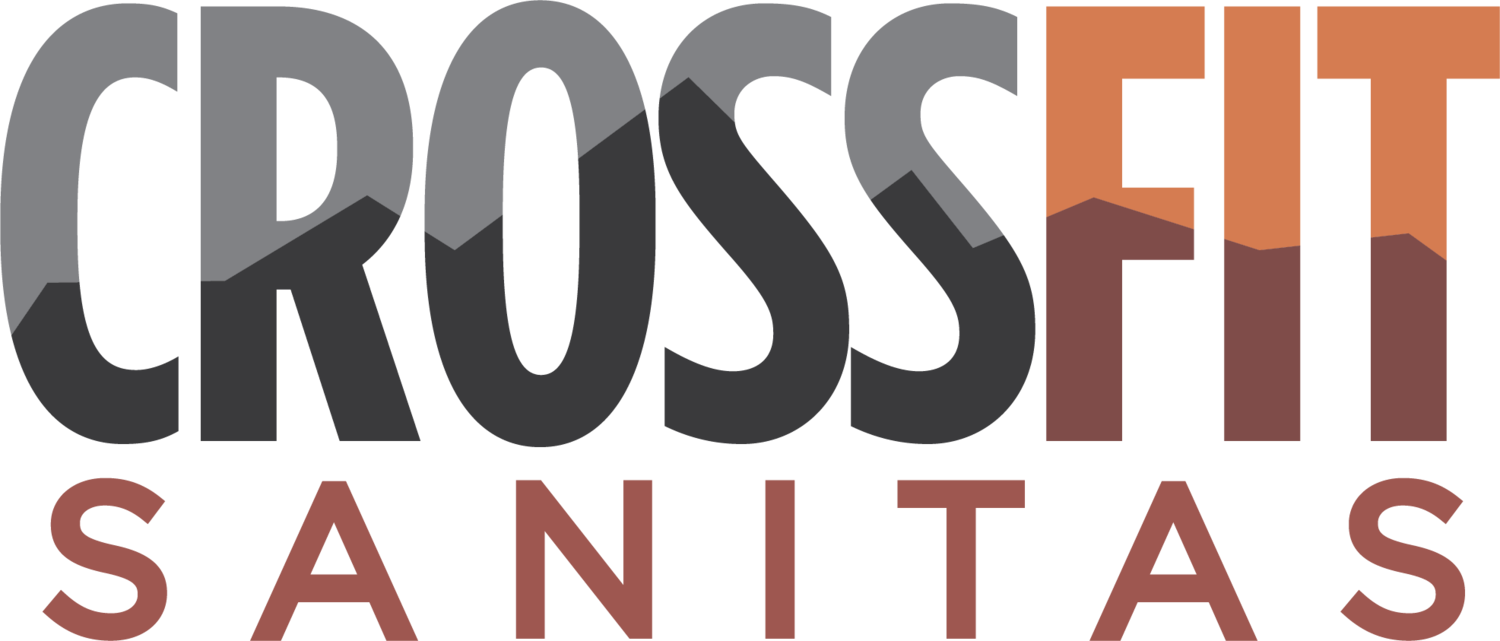the power of being upside down: handstands for strength and wellness
Whether you're a seasoned CrossFitter or just starting to explore the world of functional fitness, you’ve probably seen handstands in action—maybe even tried one yourself. But have you ever wondered why we practice getting inverted?
Handstands aren’t just a cool party trick or a fun challenge during a WOD. They come with real, measurable benefits for your body and mind. The best part? You can do them anywhere—at the gym, at home, on vacation, even with your kids. Whether it’s a quick plank in the living room or a full handstand in the garage, everyone can join the fun.
Let’s break down why spending time upside down might be one of the best things you can do for your overall health.
1. Boosts Upper Body Strength and Stability
When you’re inverted, your shoulders, arms, and core are doing a lot of work to hold you up. Holding a handstand—against the wall or freestanding—builds strength in these areas like few other bodyweight movements can. Your wrists, forearms, and even your upper back get in on the action too.
2. Enhances Core Engagement
Core control is essential to maintain balance in a handstand. Regular practice helps develop deep core awareness and strength, which translates into better posture, stronger lifts, and more efficient movement patterns in your other workouts.
3. Improves Breathing Awareness
When you’re upside down, your diaphragm and lungs are positioned differently, which can increase awareness of how you're breathing. Handstands require calm, controlled breaths to maintain balance and avoid tension. This practice helps reinforce diaphragmatic breathing—engaging your breath from the belly instead of the chest—which supports both athletic performance and stress reduction.
4. Encourages Lymphatic Drainage and Circulation
Being inverted helps reverse the effects of gravity on your body. Blood and lymph fluids that typically pool in your lower extremities get a gentle push back toward your core. This can aid in circulation and support your lymphatic system in removing waste from the body.
5. Builds Focus and Mental Clarity
You can’t fake your way through a handstand. It requires total body awareness, concentration, and presence. Practicing handstands regularly trains your mind to focus under pressure—something that pays off inside and outside the gym.
6. Challenges Your Comfort Zone
Let’s be honest—being upside down can feel scary at first. That’s part of the magic. Overcoming that fear and learning to control your body in an unfamiliar position builds resilience, confidence, and a strong growth mindset.
Getting Started: Scalable for All Levels
This challenge is about total time spent inverted, and there’s a version for everyone. You don’t need to kick up into a handstand to join.
Scale down:
High plank hold
Downward dog or bear crawl
Pike plank with feet on a box
Wall walks to shoulder-loaded position
Scale up:
Wall-supported handstand holds
Shoulder taps in handstand
Wall 360s or press-to-handstand
Handstand walks
Single-arm handstand holds
Incline plank walks on hands
And if you’ve got little ones around—get them involved! Kids love being upside down, and playing with movement is a great way to build confidence and coordination at any age.
Final Thoughts
Handstands offer way more than meets the eye. They train your body, sharpen your mind, and give you a fresh perspective—literally. So next time they pop up in your programming, embrace the challenge. Being upside down might just help turn your training—and your day—right side up.
Ready to level up?
👉 Book your free intro session and come build your strength, skill, and confidence with us!
Join us Thursdays at 6:30 PM for Gymnastics Strength & Skill with Coach Zac!
Let’s flip, push, and pull our way to stronger movement—together!

